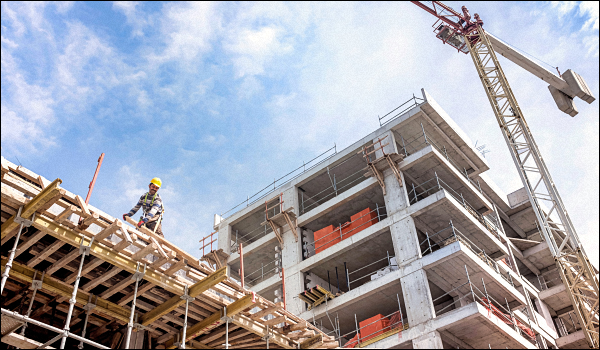
YOU WILL FIND Commercial properties come in all shapes and sizes.
Office towers, warehouses, the local café, and farms are all examples of commercial properties. The flexibility and sheer size of commercial properties can offer investors the opportunity to own mixed-use commercial property.
First, what is mixed-use property?
In simple terms, a property is mixed-use when it’s zoned for more than one property type. An example would be a development consisting of apartments and offices, or retail.
It’s often the big players that go down the large, multimillion-dollar mixed-use development path. But a humble storefront with an adjoining apartment on the top floor is also classed as mixed-use.
Why do investors choose mixed-use property?
Investors choose a mixed-use property for several reasons. They could be looking to diversify their portfolio by having a mix of residential and commercial property in the same location, or they could simply want to reach different tenant markets.
Whatever the case, a mixed-use property underpinned by a smart investment strategy has the potential to accelerate cash flow returns.
Complexities of claiming depreciation
Depreciation is the natural wear and tear of property and assets.
While everything depreciates – from properties to cars, and even the kitchen sink – only owners of income-producing properties and businesses can claim depreciation as a tax deduction.
Claiming depreciation on mixed-use properties can produce thousands, potentially tens or hundreds of thousands, in tax deductions. One of the best things about depreciation is its money not needing to be spent to claim it – it’s a natural process.
But claiming depreciation can be complex given differing industry taxation legislation and the difference between residential and commercial property depreciation.
Depreciation for mixed-use property owners
Mixed-use property owners can claim depreciation on the structure of the property and fixed assets through capital works deductions. Roofing, doors, windows, and walls are common items that fall into this category.
As the owner, you can also claim depreciation for the fit-out you own, with plant and equipment deductions. While the fit-out is usually owned by the commercial tenant, some common owner-held assets include hot water systems, air-conditioning units, light fixtures, and alarm systems.
Owners should be aware that they can’t take advantage of some incentives on offer if they aren’t conducting a business from the mixed-use property.
Depreciation for mixed-use property tenants
Only commercial mixed-use property tenants can claim depreciation. This includes those that are using the property to conduct business operations.
If the property was a mix of commercial retail space and apartments, only the businesses operating from the retail space can claim depreciation on their fit-out.
How the business can claim depreciation, and the number of deductions, will depend on the industry in which the commercial space is classed.
Let’s use the example of a mixed-use property with both retail and hospitality space.
If the retail business owner purchased carpet worth $3,000, their first-year deduction would be $750 using the diminishing value method of depreciation. But if the hospitality business installed the same carpet, their first-year deduction would be $1,200 using the same method.
The carpet in the hospitality venue depreciates at a higher rate as it’s determined to experience more wear and tear than the retail store’s carpet.
This is just one example – there are many assets that depreciate differently across commercial industries so it’s essential to always consult with a specialist.
Bottom Line: BMT Tax Depreciation specialises in preparing comprehensive tax depreciation schedules for all types of property – residential, commercial, and mixed-use. BMT is the expert on all legislative requirements to ensure claims are maximised compliantly.













Speak Your Mind